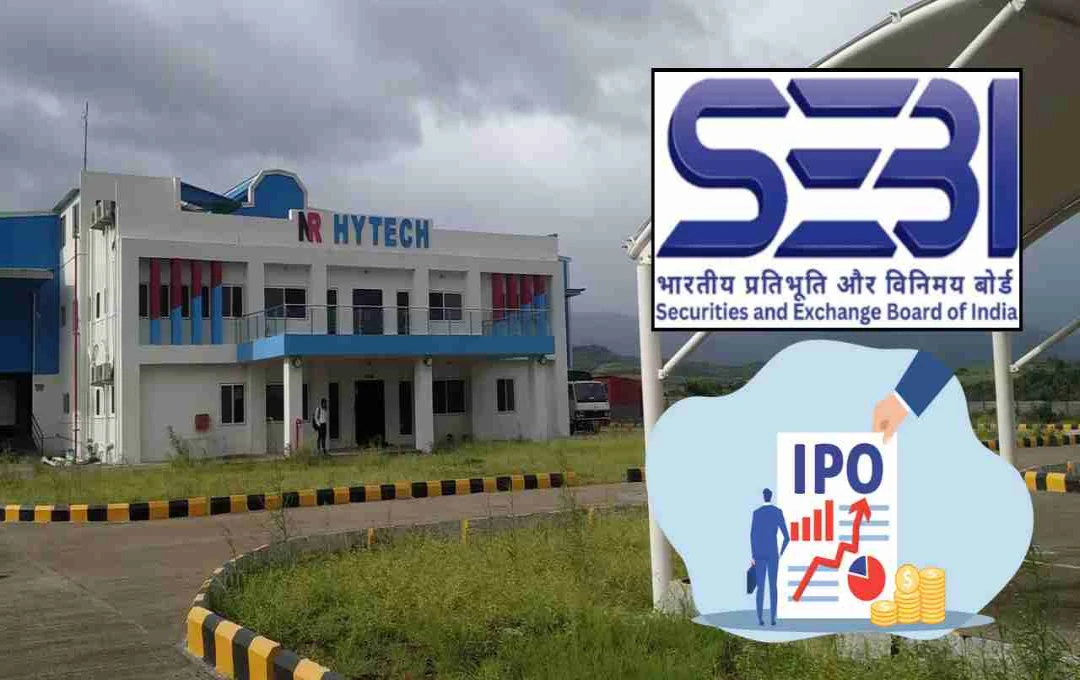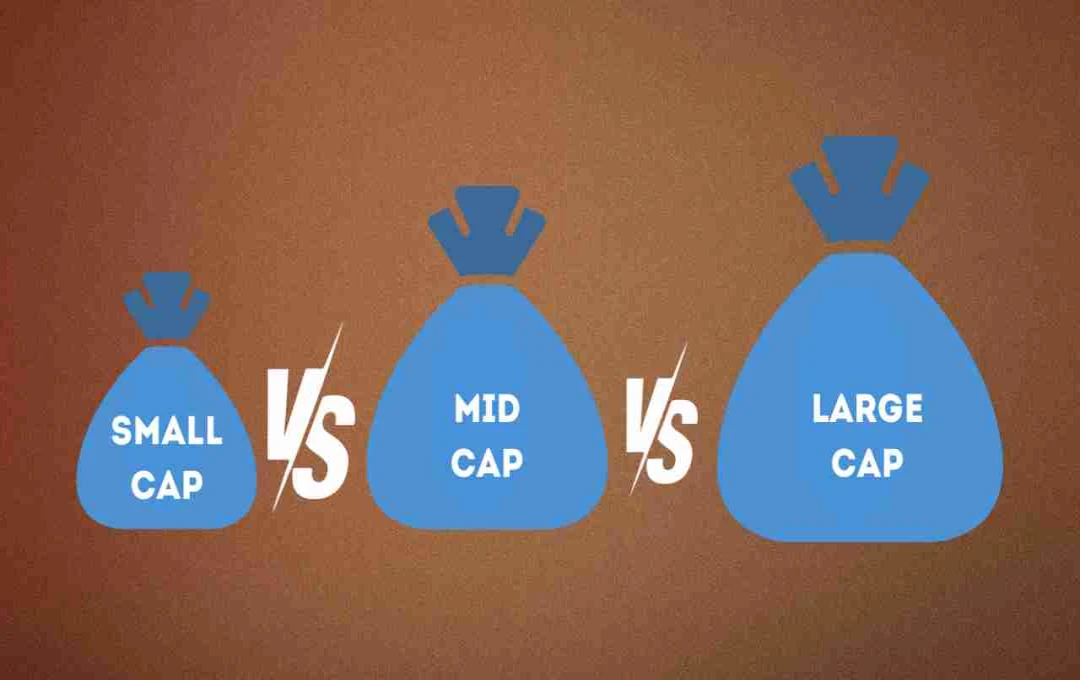Union Finance Minister Nirmala Sitharaman informed about GST 2.0 changes. The 12% and 28% tax slabs will be abolished, and 5% and 18% slabs will be implemented. These changes will benefit the general public and traders from September 22.
GST Update: Union Finance Minister Nirmala Sitharaman recently wrote to the Finance Ministers of all states, appreciating the significant changes made to the GST (Goods and Services Tax) framework. She stated that the GST Council, in unison, had approved reforms in tax slabs and rates.
In her letter, Sitharaman wrote that these changes would be beneficial for both the general public and traders. She thanked the Finance Ministers of all states and union territories and lauded their cooperation in this decision.
GST Council Meeting
The GST Council meeting was held on September 3, 2025. Representatives from all states and union territories were present at this meeting. After extensive and in-depth discussions, the Council approved major changes in tax rates and slabs.
Following these changes, essential goods such as butter, chocolate, shampoo, tractors, and air conditioners will become cheaper. Additionally, taxes on some household necessities have been completely removed.
Old Tax Slabs Removed, New Slabs to be Implemented
The Finance Minister announced that the old 12% and 28% tax slabs have been abolished, and two main slabs have been created. Now, a 5% tax will be levied on commonly used goods, and an 18% tax will apply to other items. This will provide consumers with the opportunity to purchase goods at lower prices and will also simplify the tax process for traders.
Decision Taken Overlooking Revenue Deficit Concerns

Nirmala Sitharaman described the work of the GST Council as excellent. She stated that all states collectively made the decision, overlooking concerns about revenue deficit. Sitharaman clarified that the central government would also incur losses due to the tax reduction, but this would make goods cheaper and boost consumption. Increased consumption would eventually compensate for the revenue loss in the long run.
All Ministers' Opinions Valued in GST Council Meeting
During a press conference held after the GST Council meeting, Sitharaman informed that the opinions of all ministers were heard. Some ministers reiterated their points, which were listened to carefully. Their suggestions were also incorporated into the changes. Sitharaman praised the constructive cooperation of the states and said that this decision would foster trade and economic development in the country.
Opposition Parties Also Welcomed the Reform
Opposition parties welcomed the GST reform, although some expressed their concerns. The Congress termed it "GST 1.5" and expressed hope that it would provide relief to small industries.
Eight opposition states, including Karnataka, Himachal Pradesh, Jharkhand, Kerala, Punjab, Tamil Nadu, Telangana, and West Bengal, were in favor of reducing tax slabs and rates. However, they demanded assurance that the benefits of the tax reduction would fully reach the common people.
What the General Public and Traders Will Gain
With the implementation of GST 2.0, common consumers will get daily use items at cheaper prices. Traders will also benefit from simplification in the tax process and easier compliance. Sitharaman stated that the objective of the GST reform is not solely to increase revenue but to implement it for the country's economic growth and to enhance the purchasing power of the public.
Changes to be Effective from September 22
The GST reforms will be implemented from September 22, 2025. From this date, the new slabs and tax rates will be applicable to all products. This will result in cheaper goods for consumers and convenience in tax administration for traders.















